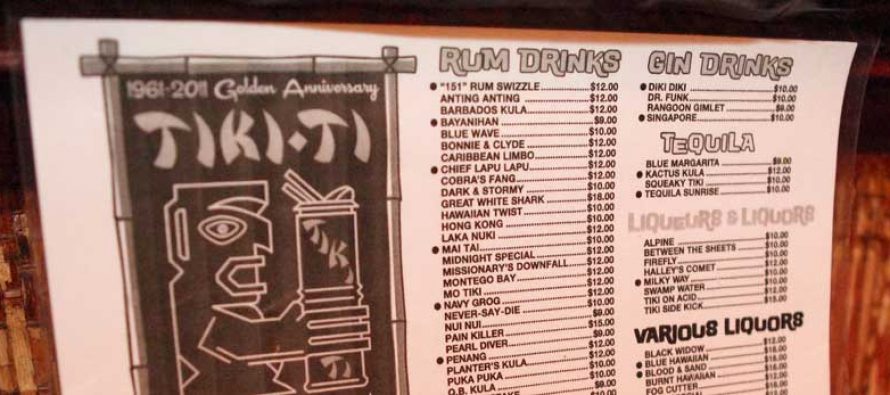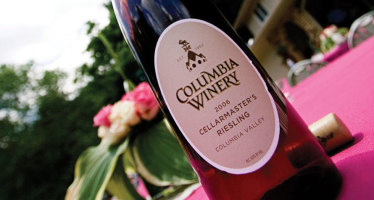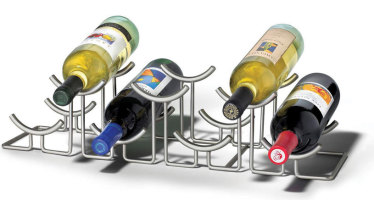Menu Development 101

I often write about the importance of understanding the gears of business. Of knowing, fundamentally, how the gears of profitability work together. It is easy to know that a business works (you are either in the red, or in the black). It is something altogether different to know why a business works. In the food and beverage industry, there are countless pulleys and levers behind the scenes. There is no such thing as an insignificant detail. One of the most critically functional (and most overlooked) gears in the machine is undeniably the menu. This seems like an obvious statement, but it is astounding how many F&B entrepreneurs miss the mark, and miss out on significant revenue due to mistakes pertaining to their menu.
What, in actuality, is a menu? Your menu is the vehicle to get you to your sales goals. A menu, essentially, is a proxy salesperson. A menu, like a salesperson, can be awesome at selling, or terrible at doing its job. Menu development is about much more than showcasing the creativity of your chef or bartender. Items on your menu must be enticing to your target clientele. Their descriptions must be communicated in an approachable way. It must be organized in a way to sell things quickly, efficiently, and profitably. There is an impressive amount of menu psychology that goes into effect (but covertly) convincing a patron to choose a high-profit option in a minimal amount of time.
Let’s begin with the first ‘must’: ‘Items on your menu must be enticing to your target clientele.’ The bottom line is that your menu is not about you; your menu is about creating a successful sales pitch to your guests. In order to do that, you must intimately understand your target clientele. Who are they? What eating/drinking trends do they respond to? What is their disposable income? How much can they be (reasonably) maximally expected to spend in your establishment? How do they perceive value in relation to the price point? Once you understand who, exactly, you are there to serve, it is easier to develop a menu specifically for them.
Menu approachability is about everything from offerings that do not alienate your guests, to the font those offerings are printed in. Intimidating menus can be one of the biggest obstacles to brand success. No one goes out to be made to feel stupid, and few have the attention span or patience to cross-reference it with an attached glossary. They need to be easy to read, and adequately explanatory in plain language. When it comes to fast food chains, the introduction of a tv menu could make it clear what items are available. It could even help restaurant owners cut down expenses incurred on repeated printing charges. They also would not have to worry about introducing a new item or removing one simply because it is digitized and may be added with ease. It would be bright and visible to practically all diners, enabling easy reading even from a distance, so, the worry of having to produce a menu card will have diminished.
The items need to be easy to pronounce; people are less likely to order something that they cannot order with confidence. The number of options should be limited to the minimum possible number of items that can adequately represent your brand. For those of us who have worked at length in F&B, it can be easy to take for granted that members of the general public understand kitchen-speak, or that they share our affinity for obscure spirits. Again, knowing your guest makes all the difference.
As soon as your guests are welcomed, the meter is running. There is an art to maximizing table turns/sales, without making the guest feel rushed. Your menu is a secret weapon to expediting their experience, unbeknown to them. It is critical to know how many guests need to be accommodated per night to reach your sales goals. Every extra minute it takes a guest to make a menu selection costs you. Anywhere you can add efficiency (without compromising quality) increases your profitability. Items at the top of your menu, or the most visually stimulating, have a better chance of selling – attention span is a real thing. So, it makes sense to organize your menu accordingly. Not only do you want your most profitable menu items listed first, you want their preparation to be the most streamlined. This is where the conversation between the menu and the kitchen/bar begins. Strategic restaurant menu development leads to strategic kitchen and bar organization.
Your menu is more than just a list of things you want to sell; your menu is, in some ways, your most valuable employee. It is a means of communicating your brand, and effectively selling to a target consumer to reach sales goals. I have made mistakes on nearly every menu I have created; it’s a constant learning process. Everything from readable font, to gender affiliation (menu items that seem more masculine or feminine) will impact the salability of an item. The complexity of menu development is astounding, and your menu is only one of many gears in the profitability machine. It is well worth taking the time to consider exactly how that gear fully functions. Cheers!
Related Articles
Omaha’s Thunderbird Salad
The Thunderbird Salad date’s back to the 1960’s when Executive Chef Luis Villamonte at the Happy Hollow country club served
The Perfect Wine
Recently spotted wine review: “Voluptuous and powerful….reminds me of Angelina Jolie (substitute Brad Pitt or George Clooney).” Now, if that
The Rating Game
Any of us who have perused a wine or food magazine with a featured wine section has seen the proverbial
No comments
Write a commentOnly registered users can comment.















